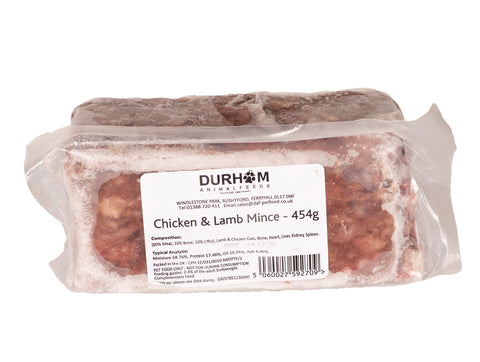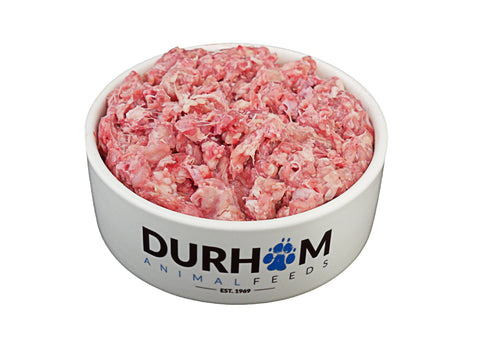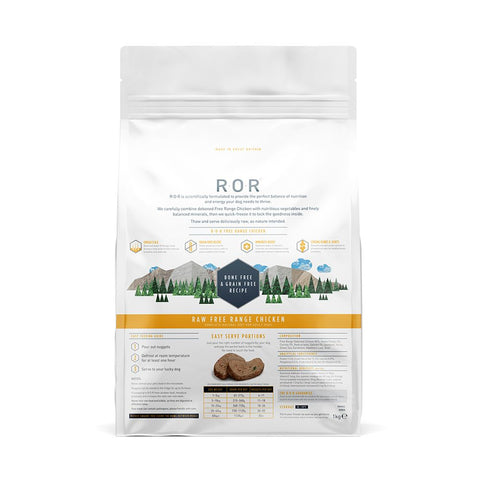Guide To Caring For Gerbils

Gerbils can live for two to four years and are social animals that should be kept in small, single-sex groups or pairs. Animals for pairs or colonies should be bought at the same time, ideally from the same litter, as it is unlikely that new individuals will be accepted at a later date.
The wild gerbil’s habitat is very dry. They are adapted to conserve water and are therefore largely odourless. They live in colonies and burrows underground. First kept in captivity in 1954, the Mongolian Gerbil rapidly became popular as a pet and is now available in a range of colours.
CHOOSING YOUR GERBIL
A healthy gerbil should be:
Bright and alert
Have no signs of discharge from eye, ears, mouth, and nose
Have a clean anal area
Have a glossy coat with no bald patches and no have sores on the skin
Should have no signs of breathing problems
Should move around the cage easily
Should feel well covered and not bony
SHOPPING LIST
Large cage/aquarium with escape proof lid
Water bottle and bottle brush
Shavings (and hay or peat)
Ceramic or metal food bowl
Gerbil food
Soft bedding
Mineral stone
Wooden chew toys
Vitamin drops
Tubes and other toys
Pet-safe disinfectant
Book on gerbil care
GENERAL CARE
Gerbils are very territorial so new gerbils should not be introduced to the cage, and may fight to the death. It is best to keep a pair or more of male gerbils or a pair of female gerbils. Females can be more aggressive than males and if they are in a larger group are more likely to fight.
Properly cared for gerbils do not normally suffer from ill health.
Obesity can be caused by offering too many high fat items like sunflower seeds so these should only be given sparingly.
All gerbils have a scent gland in the middle of their tummy, which you should examine regularly. This is long, thin and yellow in colour. It is sometimes mistaken for a wound or tumour. Gerbils mark their territory by rubbing their scent gland on something and male gerbils kept with other males are particularly prone to scent gland tumours, which is caused by excessive marking of territory. It starts off just looking like a pimple and can grow rapidly and begin bleeding. It does not spread to other parts of the body, but can grow internally as well as
externally, which may damage organs. Removal is a simple surgical procedure.
Sore or bleeding noses can be caused by the wrong type of litter such as aromatic wood shavings, cages, and even stress. If a gerbil is huddled in a corner by itself with its fur bedraggled and it looks miserable, then something may be wrong and you should seek veterinary advice immediately.
HOUSING
Always purchase as big a cage as possible, and the size of this will depend upon the number of animals you wish to keep. Some of the larger hamster cages are suitable and your local pet shop will be able to advise.
An interesting and welfare friendly way to house gerbils is in what is often known as a gerbilarium. This is usually a large, 30 inch fish tank with a vivarium or mesh lid filled to a depth of 15-20cms with a mixture of shavings and hay will be adequate for a pair of gerbils.
Your gerbils will create a network of burrows in much the same way as they would in the wild. This is fun to watch and stimulating for the animals but makes handling difficult. The contents of the gerbilarium will need to be changed every few weeks. You could also place ceramic tubes or jars near the bottom of the peat to make for more permanent tunnels.
Traditional-style cages need to have quite a deep layer of shavings and the whole thing will need to be cleaned and disinfected weekly
Gerbils are naturally nervous and must be provided with a house or nest box to feel secure. This should be lined with soft small animal bedding.
Cardboard or plastic tubes to run through are much appreciated.
Wheels should not be added as gerbils can injure their tails using them. They will appreciate a weekly silver sand bath too.
Whatever type of cage or enclosure you choose; it should be kept in a quiet part of the house, out of direct sunlight and protected from draughts. A normal room temperature is best; fluctuating or extreme conditions must be avoided.
FOOD AND WATER
There are many prepared foods that are suitable for gerbils, but those that contain a lot of sunflower seeds should be avoided.
Food should be offered in a small, heavy bowl and changed daily.
Fresh foods like apple, carrot and other hard fruit or vegetables can be given in small quantities. Always remove uneaten fresh food daily. Although they are desert animals, fresh clean water should be available at all times in a gravity-fed water bottle. You can also add vitamin drops to your gerbils’ water.
Like all rodents, gerbils’ teeth grow continuously, making chew toys essential. Mineral stones, wooden toys, hide chews (sold for dogs), pine cones and hard cardboard tubes are all useful for this reason.
Food bowls and water bottles should be cleaned each day.
HANDLING
Regular handling will help your gerbils become tame but care and patience may be needed. The easiest way is to scoop them up so that their body is cupped using both hands. Alternatively, you can grasp them gently but firmly over their back with one hand and the other holding the base of the tail, but never pick up your gerbil by its tail alone.
The Animal Welfare Act 2006 means all pet owners have a legal duty of care to their pets. Anyone who is cruel to an animal or is found not to be providing the five animal welfare needs, as listed below, can be fined and sent to prison.
The Five Animal Welfare needs:
1. Environment: Pets should be given the correct housing according to its size, this includes shelter, space to exercise and a secure, comfortable place to rest.
2. Diet: Pets should be offered the correct type and volume of food to cover all their nutritional needs alongside access to clean, fresh water.
3. Behaviour: All pets should be allowed to exhibit normal behaviour patterns and should be provided with the facilities to do so.
4. Company: Some animals require the company of their own kind, whilst others should be kept on their own.
5. Health: All animals should be protected from pain, suffering, injury, and disease, and given veterinary treatment if they become sick or injured
Credit to The Pet Charity www.thepetcharity.org.uk
Registered Charity No: 1052488










